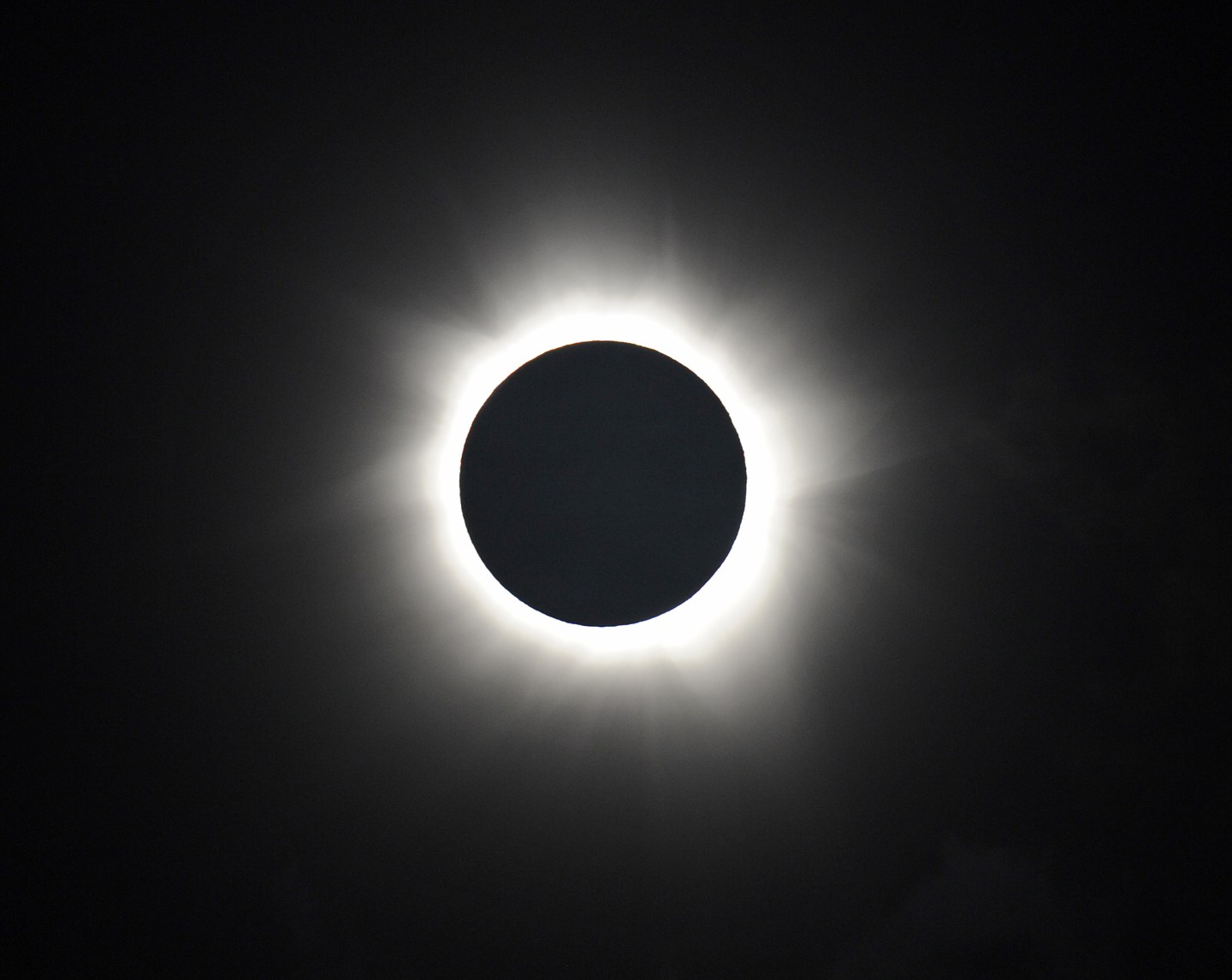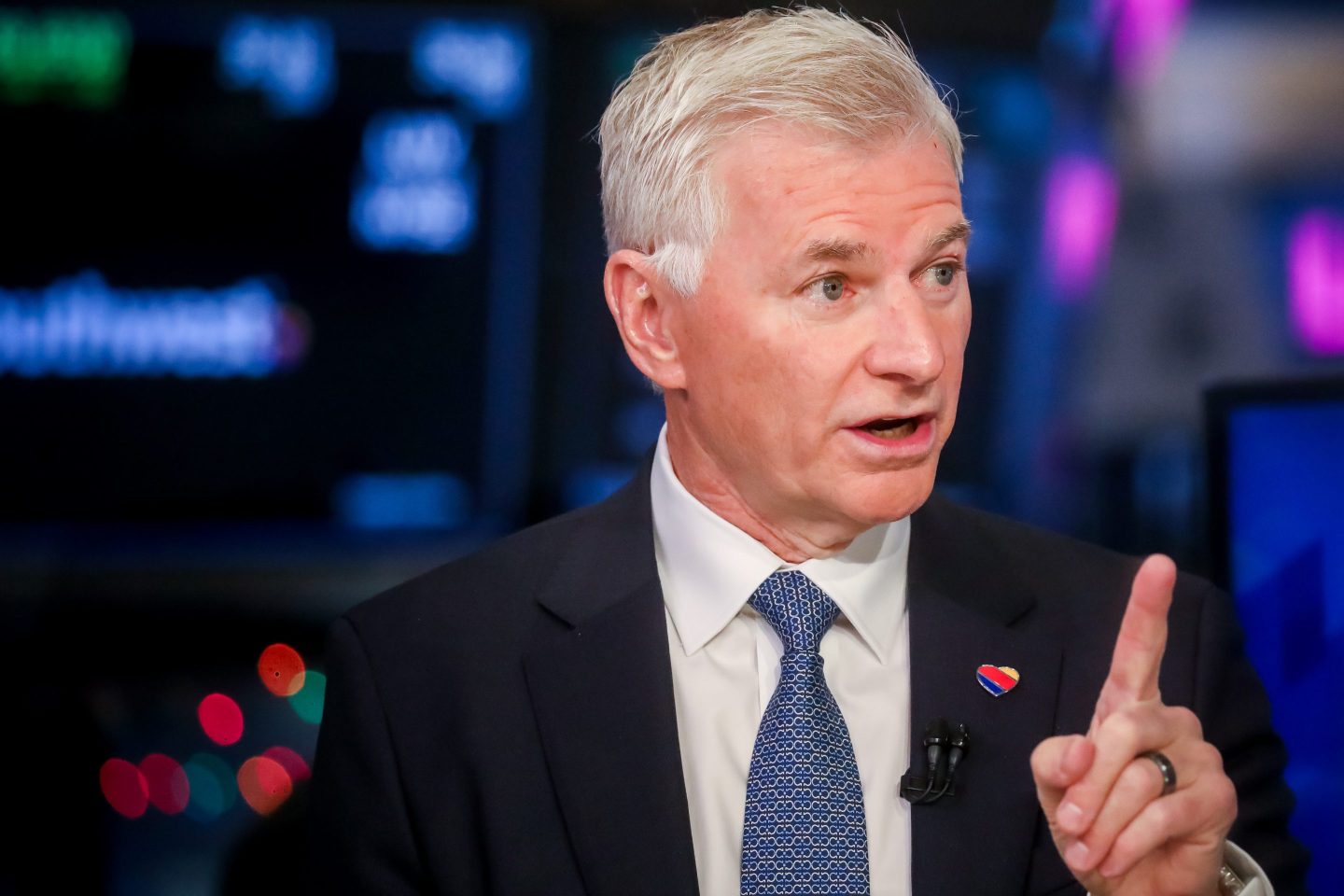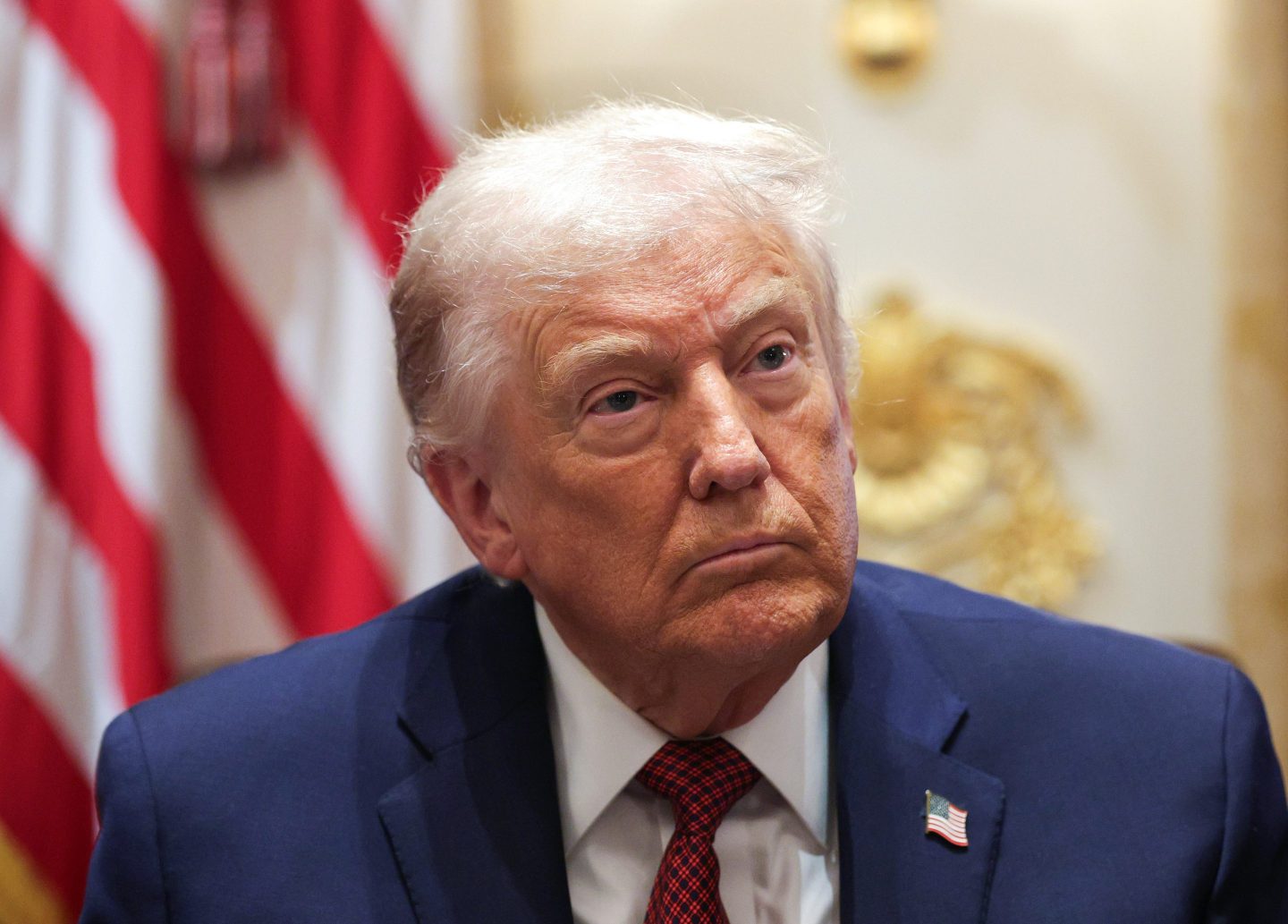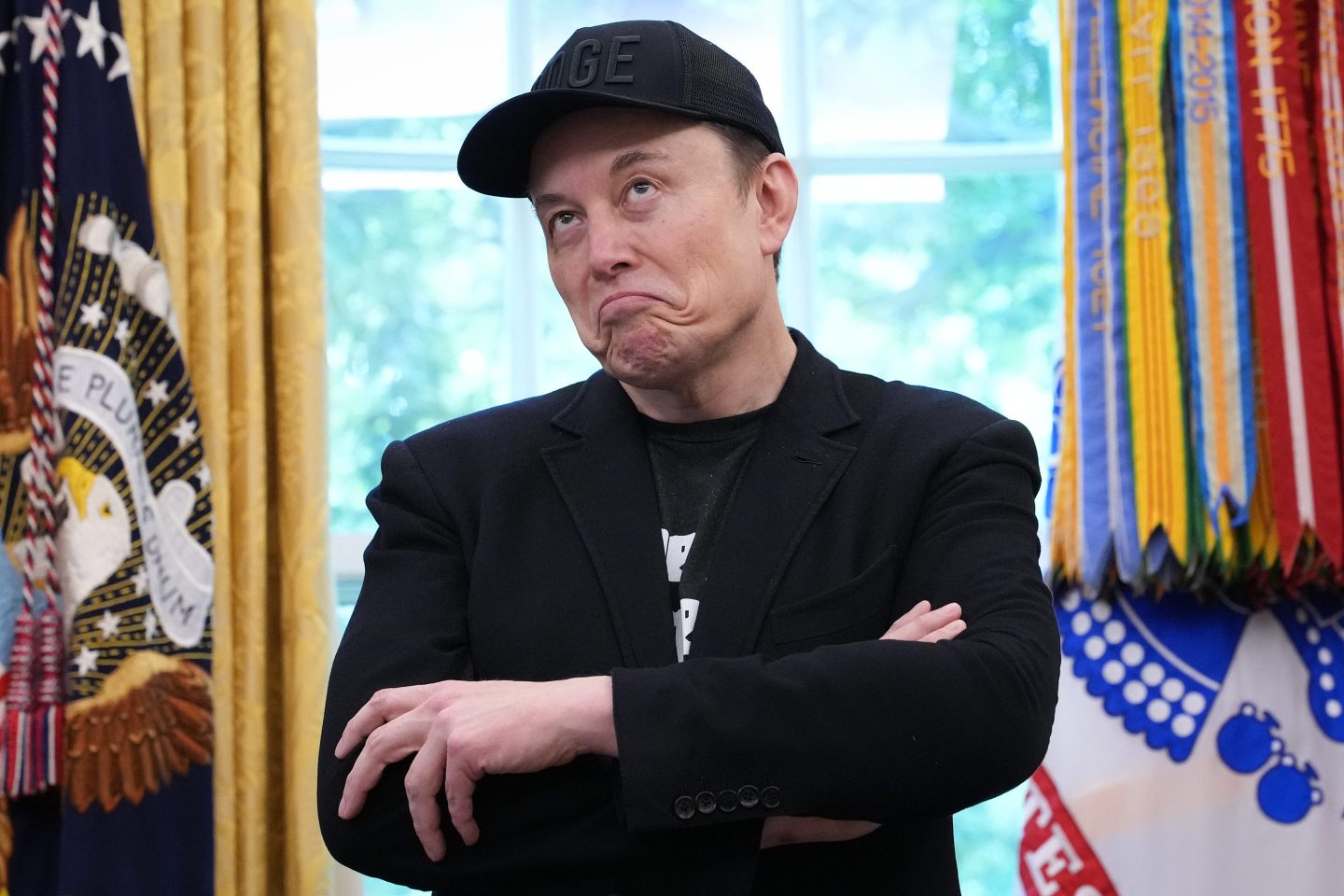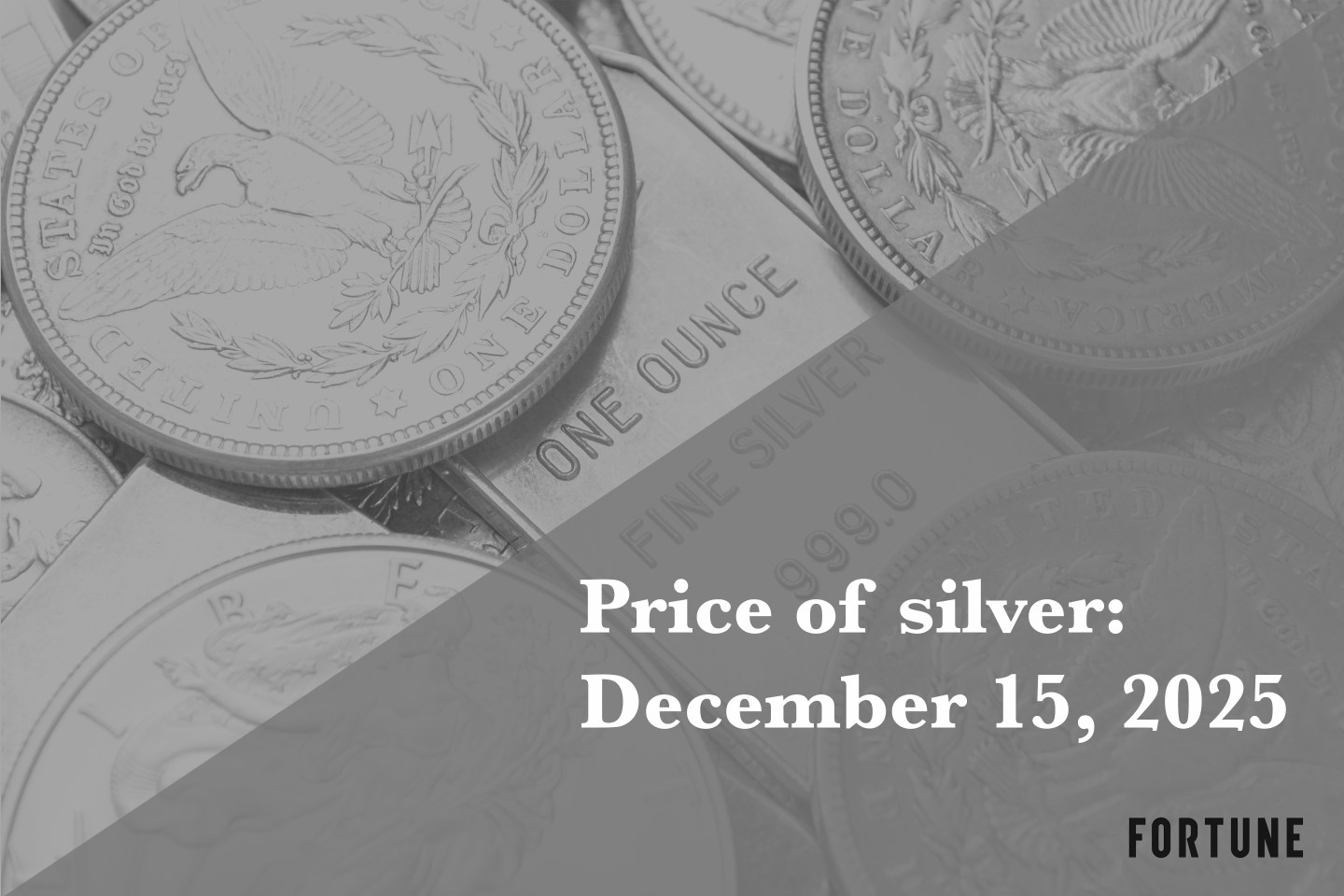How do you stop blackouts when your electricity grid depends on solar power and then a solar eclipse takes it all offline? That’s the question bothering the people who manage Europe’s power grids right now.
It’s not one that they’re considering with any relish.
On the morning of March 20, continental Europe will lose up to 82%* of the sun’s light in the biggest solar eclipse since 1999 (see this cool video for tracing its path), posing a huge technical challenge to stop grids from blacking out. The problem is especially acute in Germany, where solar power is now a major part of the energy mix thanks to eye-popping government subsidies that have led to photo-voltaic panels being installed on pretty much every roof that can take them.
In Germany (as in most other countries in Europe) the power that those panels generate flows automatically into the grid. According to the four companies that run Germany’s network of high-voltage lines, if it’s a sunny morning on March 20, they will have to replace 12,000 megawatts of power–the equivalent of a dozen large power stations–within an hour. When the sun comes back out from behind the moon later in the morning, they’ll have an even bigger problem, as they will have to absorb up to 19,000 MW (because the sun will be stronger and the PV-panels will be pumping out more energy).
In a sort of “panic, don’t panic” message Monday by the European association of grid operators, ENTSO-E, the grid companies promised to be ultra-vigilant in coordinating their activities as the eclipse rolls across Europe, but warned that “managing this event on the world’s largest interconnected grid is an unprecedented challenge.”
When the last total eclipse happened in 1999, less than 0.1% of Europe’s power came from solar. But that’s risen to over 3% now. In Germany, even in miserable March, it satisfies around 7% of total consumption on an average working day, according to ENTSO-E figures.
Grid operators are used to big fluctuations in ‘load’ every day–demand surges in the morning as people get up and go to work, stays high throughout the working day, then tapers off to an absolute low throughout the evening and night. But such swings are predictable, and power companies generally know well in advance whether or not their plants will be needed and/or profitable at any given moment of the day.
But such calculations have gotten much more difficult with the rise of renewable energy sources such as sunlight and wind, whose output can fluctuate sharply and quickly. Ulrike Hoerchens, a spokeswoman for TenneT, the biggest grid operator in Germany, says they won’t know until two or three days before the eclipse how sunny it’s going to be and, consequently, how big the swing in generation will be.

All this makes the eclipse a landmark moment in the political debate over the development of renewables in Europe. Politicians have handed out massive subsidies to Green power to curry favor with environmentally-conscious voters, but have been less happy to allow grid operators the kind of tariffs that would allow them to upgrade their networks to cope with the burden of unpredictable generation.
Making a virtue out of necessity, ENTSO-E says it’s going to be a valuable learning opportunity: the share of renewables in Europe is only increasing, and the eclipse will provide a valuable ‘stress test’ whose outputs can be plugged into future investment calculations. They’ll need to. By the time of Europe’s next total eclipse in 2026, the amount of installed solar capacity in Germany is due to have risen by a third to around 55,000 MW (and it will happen in August, when PV output is likely to be much higher) .
On the bright side, Hoerchens says, it’s going to be a valuable learning experience. All the same, she’s hoping for some seriously bad weather, come March 20.
(*Footnote-the eclipse will actually be total in parts of Ireland and Scotland, but it’s not clear that that will greatly change the experience of an average March day in those parts.)
